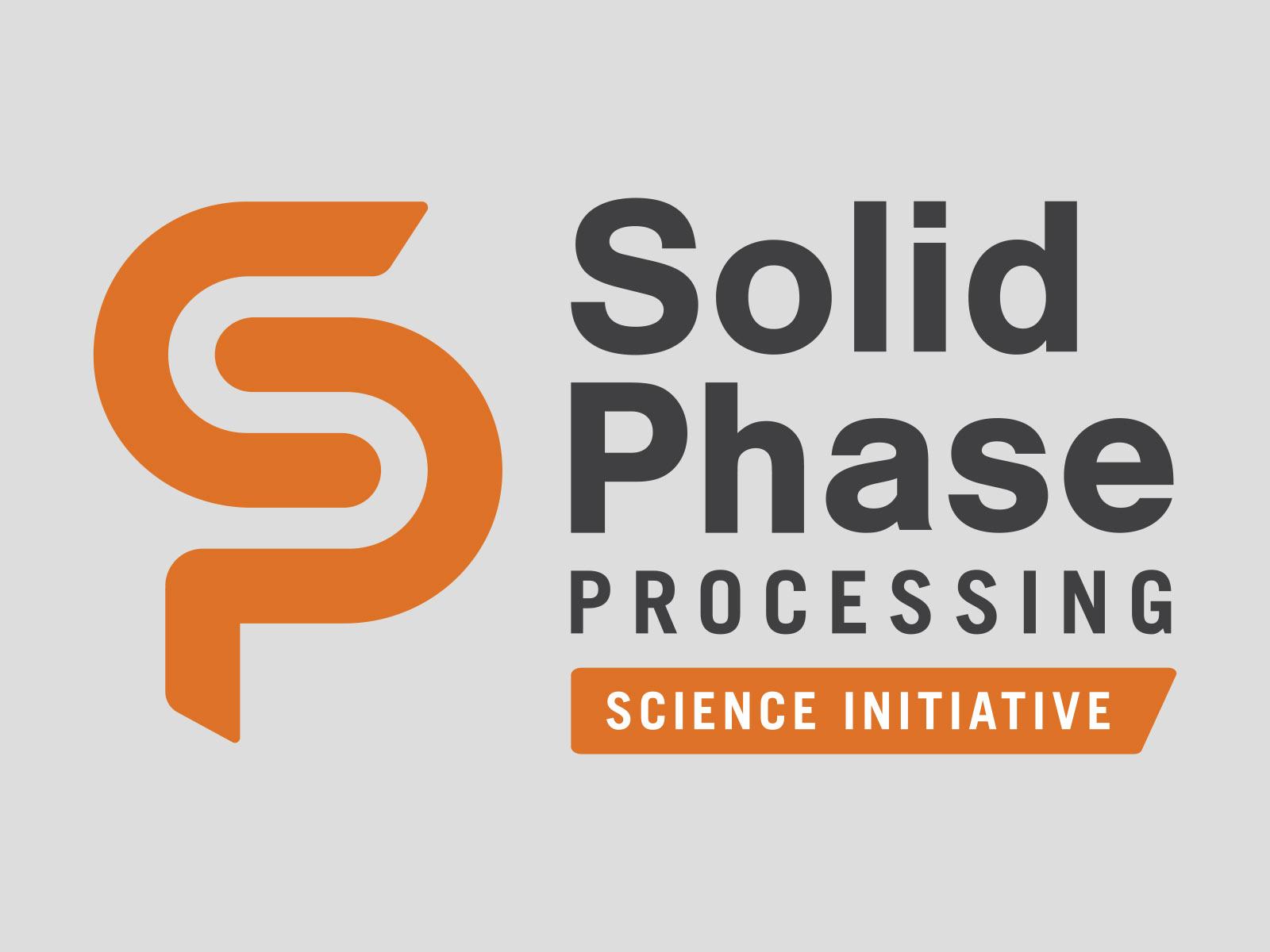Solid Phase Processing Science Initiative
The Solid Phase Processing Science Initiative is leading a radical new approach to metals manufacturing by applying mechanical energy instead of external heat to alloy and form metal products

Solid Phase Processing Science Initiative
(Logo by Donald Jorgenson | Pacific Northwest National Laboratory)